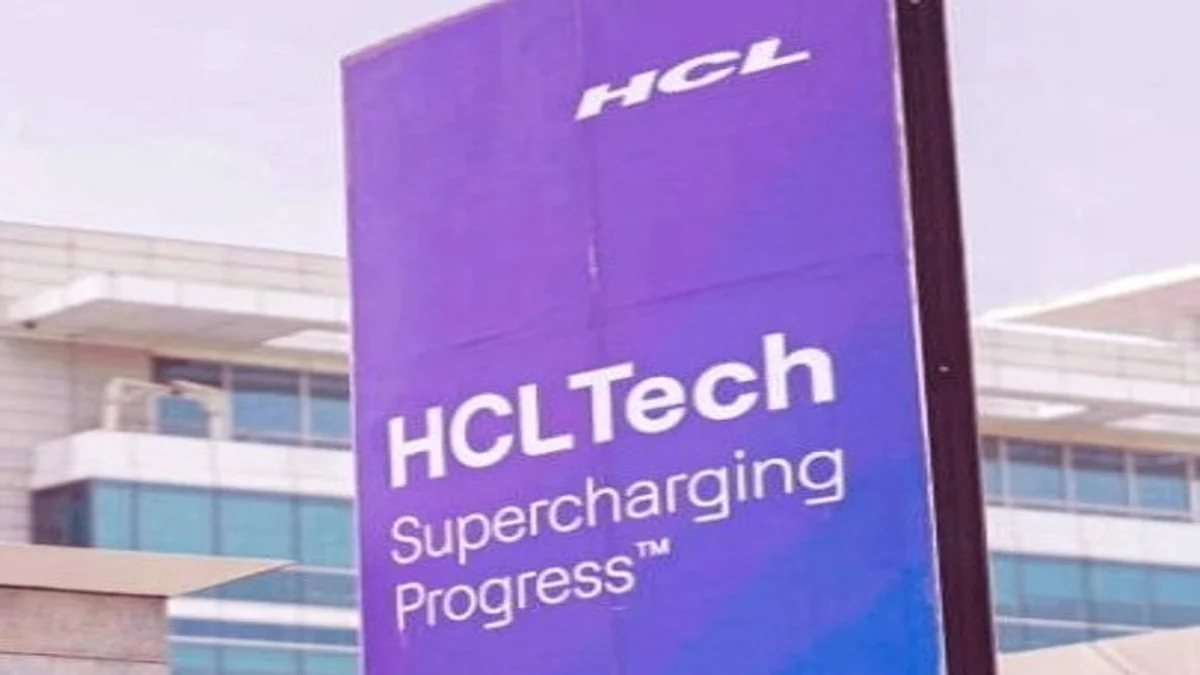How to Unlock the Value of Generative Artificial Intelligence

In recent months, generative artificial intelligence (AI) has emerged as a revolutionary force, fundamentally altering the landscape of how we approach creativity across various professions. The implications for human workers, and the human race more generally, are profound.
Generative AI is not only reshaping nearly every profession, it’s also challenging our understanding of work. The optimistic view is that by offloading routine tasks to machines, professionals can dedicate their energy to the essence of their work. In this view, a new, beautiful existence awaits, where we can focus on what makes us human while machines support us in executing our authentic visions.
Of course, there’s also a pessimistic view governed by fears that machines will “take over.” Hollywood narratives fuel much of this, but a degree of concern is reasonable: History shows that the introduction of advanced technologies does lead to some economic displacement, with certain jobs likely to vanish. But it also shows that new jobs, and even whole new industries, emerge.
Click the banner below to leverage advanced AI solutions and services in your organization.
How Generative AI Will Improve the World
In the case of generative AI, many repetitive, dirty, dull, dangerous or difficult tasks in many professions will be automated. This opens up opportunities for individuals to focus on more human-centric skills such as creativity, problem-solving and leadership.
The current generative AI revolution is spawning new ventures, and it’s worth remembering that these operations are human-driven.
In the next two to three years, we anticipate a continued integration of generative AI in gaming, film and marketing. It will play a pivotal role in refining natural language understanding for virtual assistants and chatbots, enabling them to engage in more sophisticated conversations.
In the energy sector, expect generative AI to optimize consumption prediction, renewable energy source management and enhancement of distribution networks. In transportation, it will streamline traffic flow and forecast vehicle maintenance requirements.
READ MORE: The four most effective use cases of generative AI in retail.
Within 15 years, generative AI is poised to create highly realistic simulations in architecture, urban planning and engineering. Its applications will extend to the development of new materials and products in manufacturing and textile design. Natural language generation will undergo significant improvements, advancing content creation across news articles, books and movie scripts. And it will enhance self-driving cars through the generation of realistic virtual scenarios for testing and training.
The possibilities are vast, but business leaders should be careful when using generative AI tools. It’s crucial to regularly check if the outcomes align with an organization’s quality and satisfaction standards.
Humans must remain the ultimate decision-makers concerning the direction of AI-generated content. Actively engaging with generative AI technology and ensuring that teams understand its capabilities and limitations is a proactive measure to avoid blindly relying on AI decision-making.
RELATED: Oracle Red Bull Racing uses artificial intelligence to dominate Formula One.
Leaders Should Not Put Generative AI Ahead of People
The goal is to use generative AI to enhance human creativity, improve efficiency and increase productivity while maintaining human control.
The biggest problem with perceptions of AI is that humans may feel inferior. People often talk like AI is the creator and coder, but humans build the algorithms that power AI. When we think machines are better, we treat them like they’re in charge. If we see humans as weak, we give AI too much power.
So, it’s crucial to deal with our insecurities and see AI as a tool to enhance and empower humans, not to compete with or replace them. Changing our perspective helps create AI systems that uplift humanity, boost creativity and help us reach our full potential as a species



